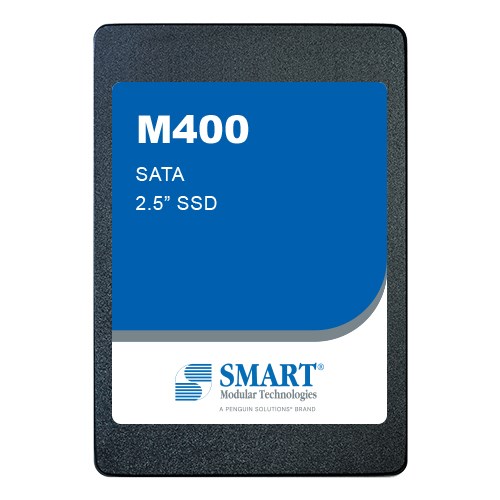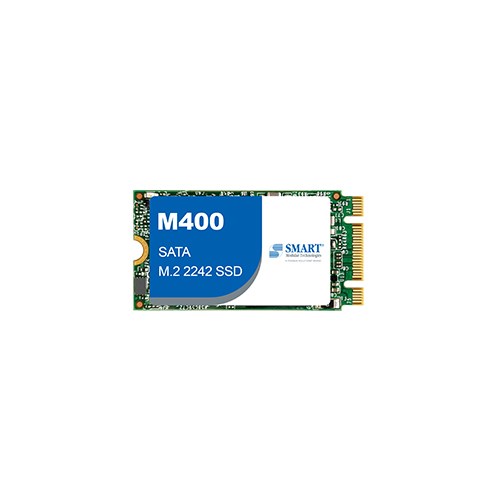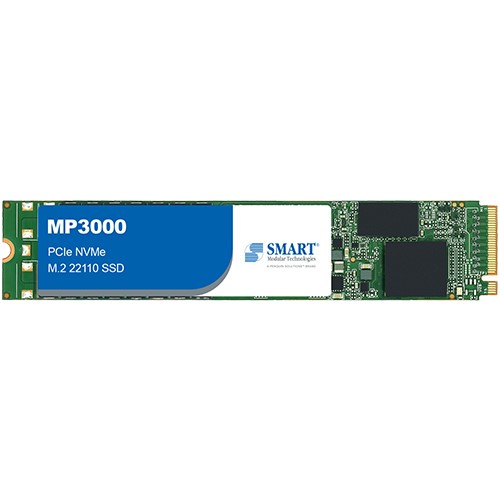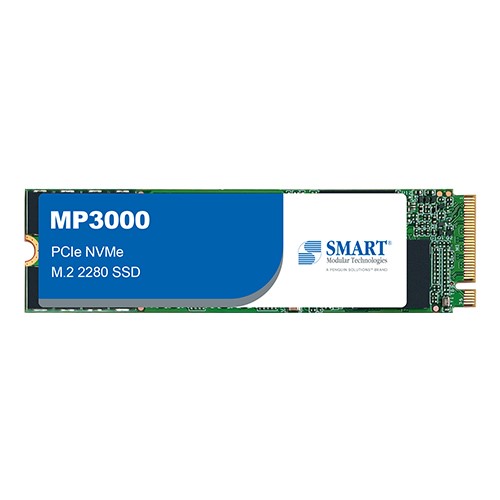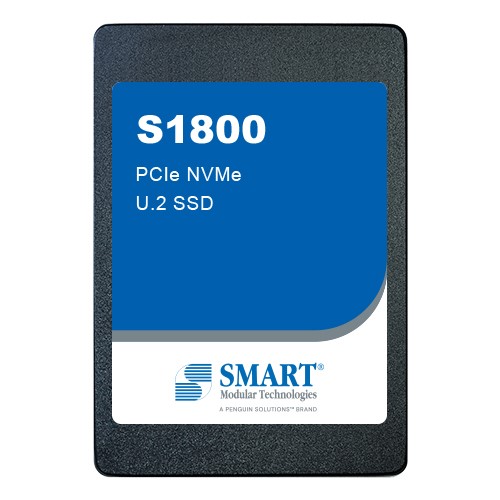SMART’s Advanced Error Detection & Correction technology reinforces the ECC (Error Code Correction) engine and utilizes RAID (Redundant Array of Independent Disks) mechanism. Data is reconstructed by the prior stored parity in other pages. The recovered data will be stored in a new block, and the prior stored block will be refreshed.
Why Advanced Error Detection & Correction?
As Flash memory moves to smaller geometries with the increase in the number of bits stored per cell, the error rate also increases. ECC shows inherent limits in checking the excessive increase in errors. Therefore, more powerful error correction algorithms are needed to ensure the reliability of the Flash storage device.
How Does It Work?
Advanced Error Detection & Correction provides additional protection over Standard ECC because it is possible to correct certain memory errors that would otherwise be uncorrected and result in a server failure.
SMART's Advanced Error Detection & Correction mechanism comes with Low-Density Parity-Check (LDPC) codes to efficiently decode and correct errors in TLC NAND for higher stability and P/E cycles. RAID engine Data Recovery is used to recover and restore corrupted data from RAID drives and storage components.


